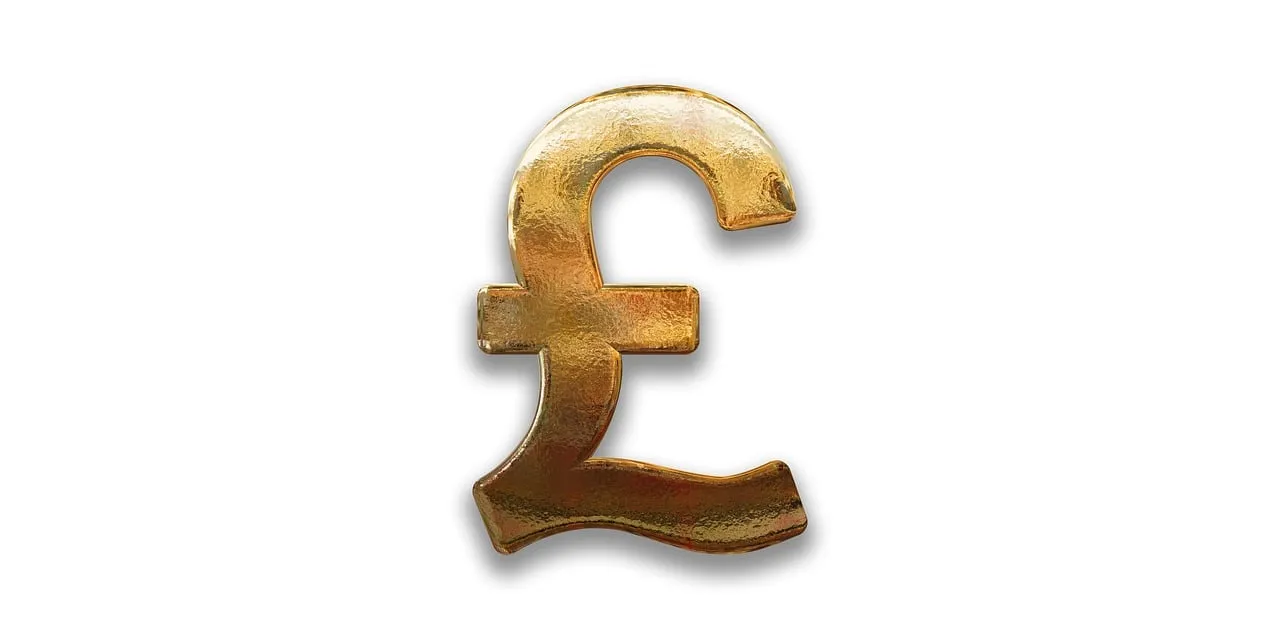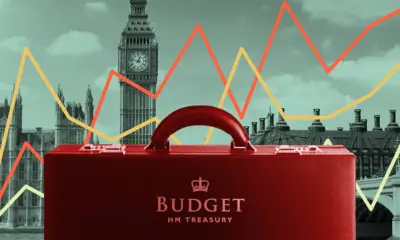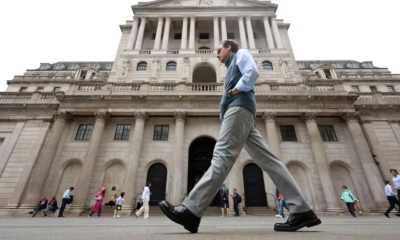Business
1. UK Inflation Falls to 2.8% BoE Hints Rate Cut Possible in 2026

The United Kingdom’s economy entered a period of cautious optimism as inflation eased to 2.8 percent, its lowest level in nearly three years. The slowdown in consumer price growth has reignited discussions within the Bank of England about the possibility of reducing interest rates in 2026. After several quarters of persistent price pressures and a series of aggressive rate hikes, this latest data signals a potential turning point in the country’s monetary landscape.
The decline in inflation offers some relief to households struggling with the high cost of living and to businesses facing tighter margins due to elevated borrowing costs. Economists note that the current moderation suggests that earlier policy tightening has started to filter through the economy, helping cool demand without stifling growth entirely.
Economic Landscape and Consumer Relief
The Office for National Statistics reported that energy prices and transportation costs were the primary drivers behind the recent easing in inflation. Lower wholesale gas prices, along with stabilized fuel costs, provided much-needed breathing room for both consumers and small enterprises. Retailers also experienced a modest recovery in consumer spending as wage growth slightly outpaced price increases for the first time since 2021.
Supermarkets have observed a gradual shift in shopping habits, with more customers returning to premium products after years of austerity. However, analysts caution that the overall purchasing power of households remains fragile. Many lower and middle-income families continue to allocate a significant portion of their income to essentials such as rent, groceries, and utilities. Financial advisors suggest that any meaningful improvement in living standards will depend on the timing and scale of future monetary policy adjustments.
The service sector, which forms the backbone of the UK economy, has shown signs of renewed activity. Hospitality, leisure, and travel industries benefited from steady consumer confidence over the summer season, supported by falling inflation and expectations of cheaper borrowing in the coming year.
Policy Outlook and Central Bank Strategy
The Bank of England has maintained its benchmark rate at 5.25 percent for the past two quarters, adopting a watchful stance as it assesses the balance between price stability and growth. Governor Andrew Bailey emphasized that while inflation is moving closer to the central bank’s two percent target, policymakers will avoid premature decisions that could reignite price pressures. Nonetheless, internal discussions have revealed a growing consensus that a gradual rate cut in 2026 may be appropriate if inflation continues to trend downward.
Financial markets have reacted positively to the prospect of easing policy. Bond yields declined modestly, while the pound strengthened slightly against the dollar and euro. Investors interpret the latest comments from the Monetary Policy Committee as a sign of confidence in the UK’s macroeconomic trajectory. Several major banks have already revised their forecasts, expecting the first rate cut to occur in the second quarter of 2026.
Economists warn, however, that external risks remain. Global commodity prices and geopolitical tensions could still disrupt supply chains and push costs higher. The situation in global energy markets, particularly concerning oil output decisions, continues to influence inflation dynamics across Europe. The Bank of England’s challenge will be to navigate these uncertainties while ensuring that inflation expectations remain anchored.
Impact on Business and Investment
Small and medium-sized enterprises across the UK are closely monitoring the central bank’s tone. A potential reduction in borrowing costs could revive credit demand and investment activity, especially in the manufacturing and construction sectors. Business owners who faced years of high financing expenses now see an opportunity to expand operations and hire more workers.
The property market has also responded with cautious optimism. Mortgage rates, which surged during the peak of inflation, are expected to stabilize if the central bank follows through with its easing plans. Real estate analysts anticipate an increase in housing transactions during late 2025, particularly among first-time buyers who had previously been priced out of the market.
Foreign investors remain interested in UK assets, viewing the country as a relatively stable environment amid global volatility. The easing inflation trend and the potential policy pivot could strengthen London’s position as a financial hub, attracting capital flows that had temporarily shifted toward the eurozone and the United States.
Conclusion
The latest inflation figures mark an encouraging development for the UK economy after several years of financial strain. Falling prices and the Bank of England’s cautious optimism suggest that the most aggressive phase of the tightening cycle may be nearing its end. For households, the promise of lower interest rates offers a sense of relief after a prolonged period of economic adjustment. For businesses, it presents new opportunities to invest, grow, and rebuild confidence in domestic markets.
Still, the road ahead demands vigilance. Policymakers must balance the desire for growth with the responsibility of maintaining long-term price stability. The UK’s progress will depend on disciplined fiscal management, resilient consumer demand, and the ability to adapt to global economic shifts. As inflation finally retreats, the Bank of England’s next moves will shape the financial environment for years to come.




















